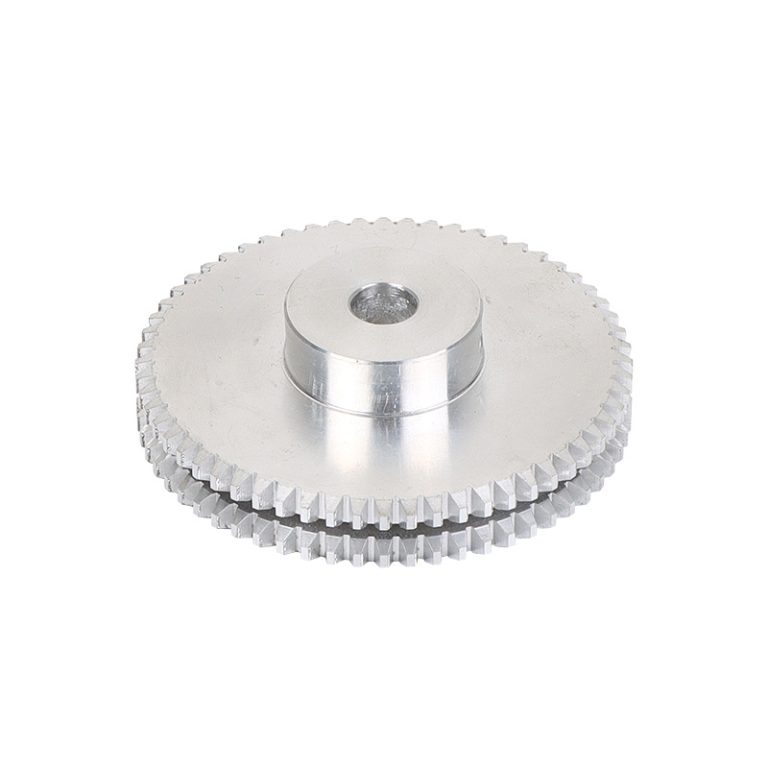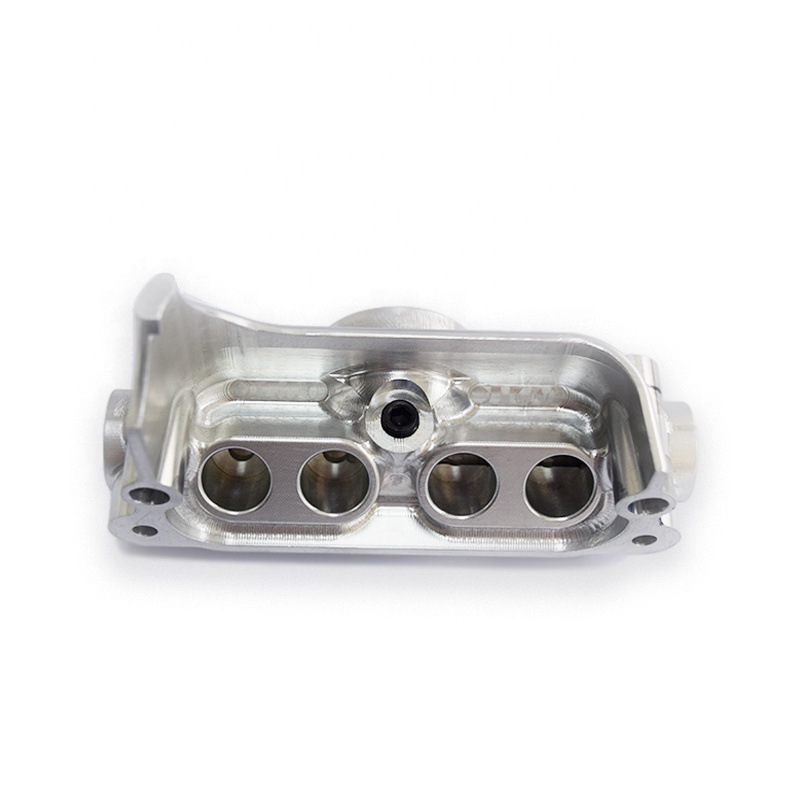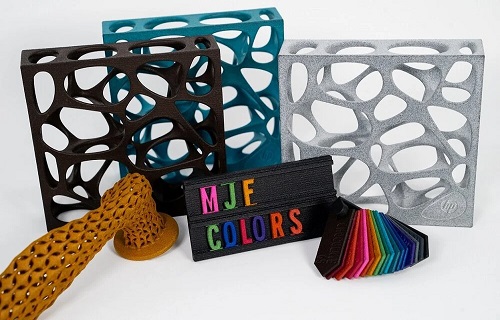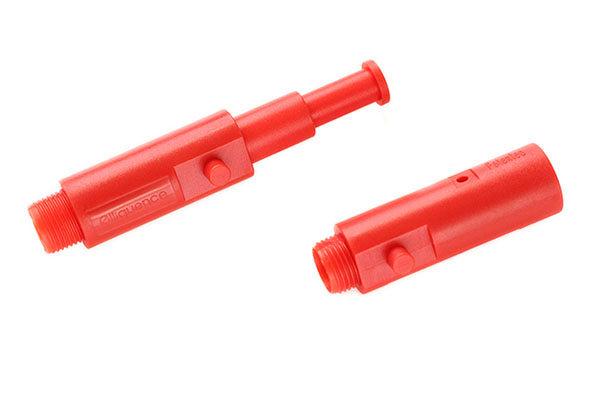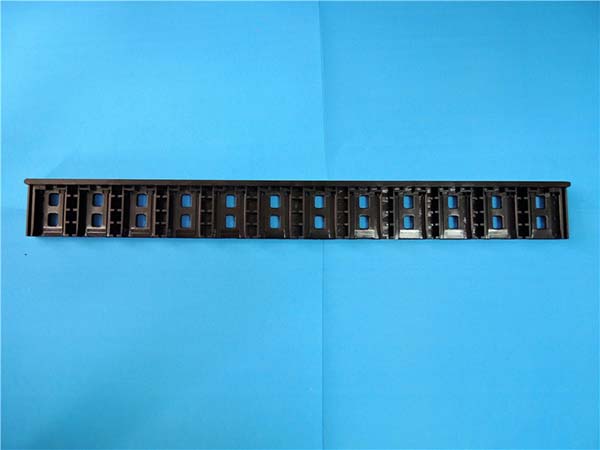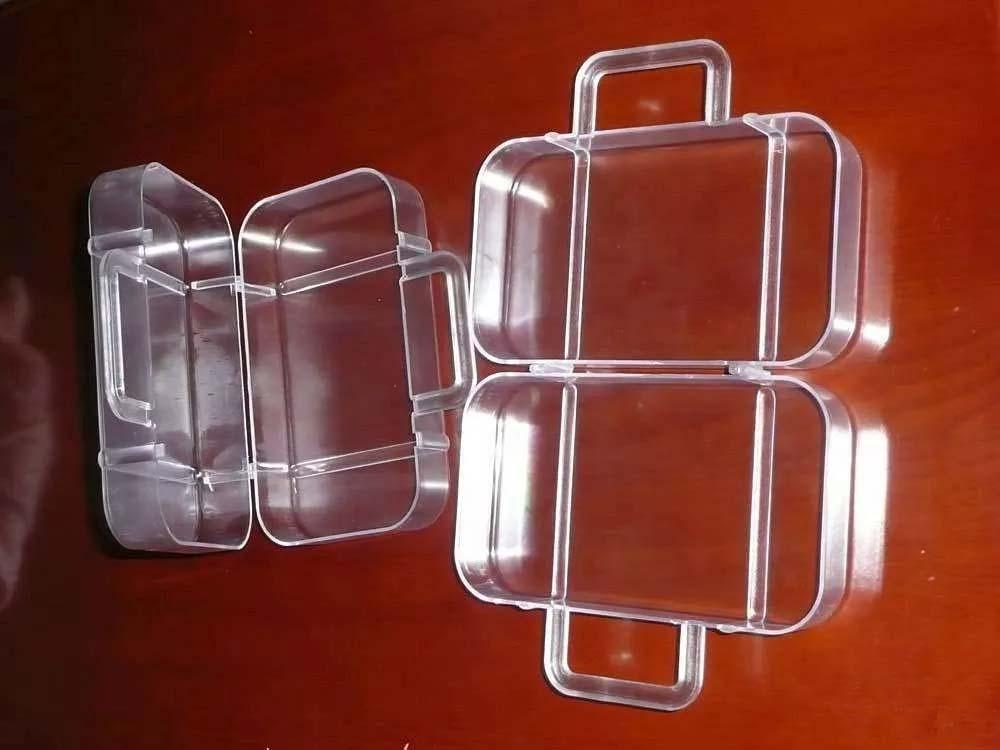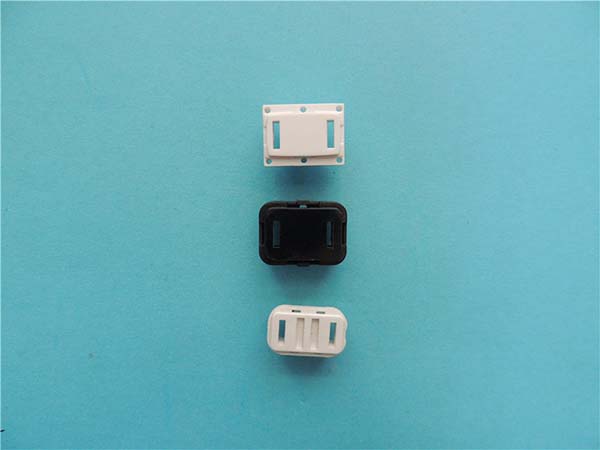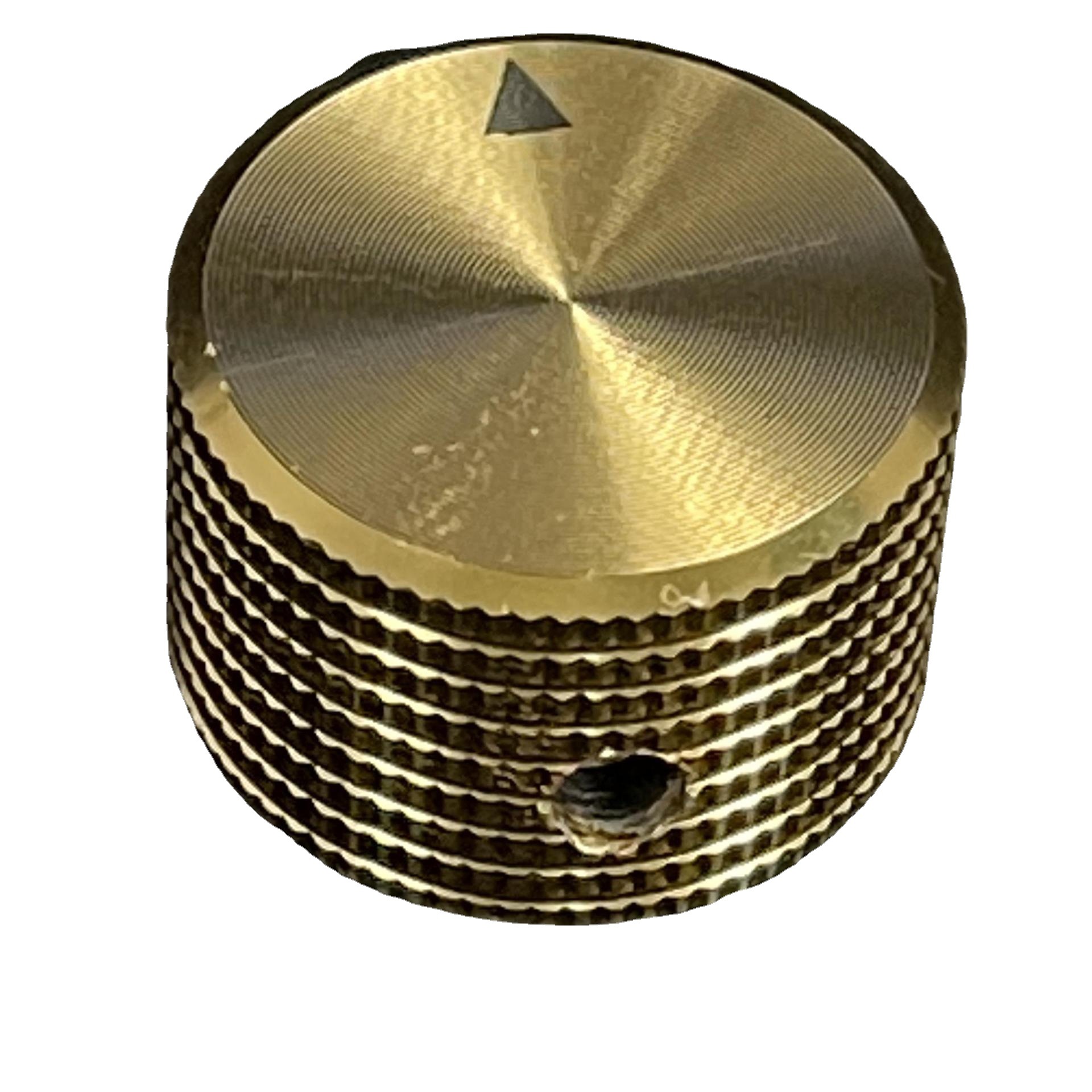Introduction to Metal Printing Services
Metal printing services offer a specialized, advanced solution for transferring high-quality images, logos, designs, and text onto metal surfaces. This innovative process combines modern printing techniques with durable, high-performance materials, making it an excellent choice for industries like automotive, aerospace, consumer goods, and more. Whether you are looking for robust branding, decorative elements, or functional markings, metal printing provides unmatched durability and a premium aesthetic finish.
Definition and Process
What is Metal Printing?
Metal printing refers to the process of using specialized inks and printing technology to apply designs onto metal substrates, such as aluminum, stainless steel, brass, or copper. Unlike traditional printing methods that require additional steps like etching or engraving, metal printing can transfer intricate designs directly onto metal surfaces with high precision, clarity, and durability.
The Metal Printing Process
The metal printing process typically involves the following steps:
- Surface Preparation: The metal surface is thoroughly cleaned to remove oils, dirt, or any contaminants that might interfere with the ink’s adhesion. Surface treatments like coating or priming may also be applied to ensure optimal bonding.
- Ink Application: Specialized inks designed for metal are applied using various printing technologies, including screen printing, digital printing, or UV curing. These inks are formulated to adhere strongly to the metal and resist fading or damage.
- Curing: After the ink is applied, it undergoes a curing process, typically using heat, ultraviolet (UV) light, or other methods, depending on the type of ink and technology used. This step ensures that the ink bonds securely and hardens on the surface.
- Finishing: Depending on the desired outcome, additional finishing techniques like polishing, coating, or adding protective layers may be applied to enhance the aesthetic appearance or provide added protection to the printed metal.
Types of Metal Printing Techniques
1. Screen Printing
Screen printing is one of the oldest and most widely used techniques for metal printing. It involves creating a stencil (or screen) through which ink is pushed onto the metal surface. Known for its vibrant colors and sharp details, screen printing is ideal for large volumes of the same design and for creating bold, solid colors.
2. Digital Printing
Digital printing uses computer-controlled printers to apply ink directly onto the metal substrate. This method is highly versatile, allowing for the printing of complex designs, gradients, and photographic images that would be difficult to achieve with screen printing. It also supports on-demand printing and customized short runs.
3. UV Curing
UV curing printing involves using UV-sensitive inks that cure instantly when exposed to ultraviolet light. This process enables quick turnaround times and results in highly durable prints, making it perfect for applications where speed and durability are crucial, such as promotional materials or outdoor signage.
4. Laser Engraving
Though not technically a traditional printing method, laser engraving is often used in combination with metal printing. It creates permanent, high-contrast designs by removing material from the metal surface. Laser engraving is commonly used for adding serial numbers, branding marks, or textured designs on metal parts, offering precision and a distinctive finish.
Applications of Metal Printing
1. Industrial Uses
Metal printing plays a crucial role in industrial applications, where durability and legibility are paramount. It is used for:
- Branding and product identification on tools, machinery, and equipment.
- Functional markings, such as safety labels or calibration markings, on industrial equipment.
- Durable signage in factories or construction sites, where printed materials are exposed to harsh conditions like moisture, chemicals, or extreme temperatures.
2. Commercial Applications
In the commercial sector, metal printing is often used to create high-quality branding and promotional items. These include:
- Custom badges, tags, and nameplates.
- Promotional products like pens, keychains, USB drives, and drinkware.
- Elegant marketing materials, such as metal signs, displays, and business cards, that elevate a brand’s image and add a premium touch.
3. Decorative Purposes
Metal printing is also used in the world of art and design. Some common applications include:
- Home decor items, such as metal prints of artwork, posters, or custom designs.
- Jewelry and fashion accessories, where metal is printed with unique textures and designs.
- Art installations or customized gifts that require a high-quality, durable, and striking appearance.
Advantages of Metal Printing
1. Durability and Weather Resistance
One of the most significant benefits of metal printing is its exceptional durability. Metal prints are resistant to:
- Fading, even when exposed to sunlight or UV rays for extended periods.
- Corrosion, making them suitable for use in outdoor environments, where exposure to moisture or humidity might degrade other printing methods.
- Physical wear and tear, ensuring long-term use without deteriorating or peeling, especially in harsh industrial or commercial environments.
This makes metal printing ideal for applications like outdoor signage, vehicle branding, and industrial labeling, where longevity is key.
2. High-Quality Finish
Metal printing offers a premium finish that enhances the appearance of the printed design. The smooth, glossy surface of a well-executed metal print can significantly elevate the aesthetic quality of any product or project. This makes metal printing ideal for products that require a luxurious or high-end look, such as custom branding or decorative artwork.
3. Versatility in Substrates
Metal printing can be performed on a wide variety of metal substrates, including:
- Aluminum: Lightweight, corrosion-resistant, and versatile, aluminum is commonly used for signs, nameplates, and outdoor branding.
- Stainless Steel: Known for its strength, corrosion resistance, and sleek finish, stainless steel is often used for industrial applications and high-end products.
- Brass: Provides a luxurious finish, often used for decorative applications, like jewelry or high-end promotional items.
- Copper: Offers a distinctive, vintage look, commonly used in art projects and specialized branding.
This flexibility allows designers and manufacturers to select the right metal based on factors like weight, aesthetic appeal, durability, and cost-effectiveness.
How to Choose a Metal Printing Service
1. Factors to Consider
When selecting a metal printing service, there are several key factors to consider:
- Experience: Choose a provider with a proven track record in your specific industry, whether it’s automotive, aerospace, commercial, or decorative.
- Technology: Ensure the company uses modern, high-quality printing technologies that can deliver precise, detailed designs.
- Portfolio: Review their previous work to assess the quality and consistency of their printing.
2. Quality Assurance
Make sure the service provider adheres to strict quality assurance protocols. This could include:
- Rigorous testing to ensure durability and color accuracy.
- Guarantees for performance, such as weather resistance or long-lasting prints.
3. Cost-Benefit Analysis
While cost is an important factor, quality and durability should be prioritized. Higher upfront costs for metal printing may save money in the long run, as these prints require little to no maintenance and can last for many years, unlike traditional printed materials that may need frequent replacements.
Conclusion
Metal printing services provide a range of key features and benefits, including outstanding durability, premium finishes, and versatility across various substrates. With applications spanning industrial, commercial, and decorative uses, metal printing is a reliable and effective solution for high-quality branding, product identification, and design purposes. By choosing the right service provider and ensuring quality assurance, metal printing can help elevate your products and projects, offering a sophisticated and long-lasting solution.
FAQs
1. What types of metal substrates can be printed on?
Metal printing can be done on a wide range of metal substrates, including:
- Aluminum: Lightweight and corrosion-resistant, ideal for outdoor signage.
- Stainless Steel: Durable and sleek, used for industrial parts and high-end products.
- Brass: Provides a luxurious finish for decorative items.
- Copper: Often used for vintage or artistic finishes.
2. How long do metal prints last compared to traditional prints?
Metal prints are known for their exceptional longevity. Unlike traditional paper prints, which fade or degrade when exposed to sunlight or moisture, metal prints can last decades without losing quality. Their resistance to weather, physical wear, and fading makes them ideal for both indoor and outdoor applications.
3. Are there any limitations to what can be printed on metal?
While metal printing offers impressive versatility, there are some limitations:
- Design complexity: Extremely intricate or large designs may require specialized techniques.
- Size of print area: The print area may be limited by the size of the metal sheet or part.
- Color limitations: Some colors may not reproduce as vividly on metal as they do on other materials, depending on the metal substrate and ink type.
Consult with your metal printing service to determine the feasibility of your design based on these factors.
